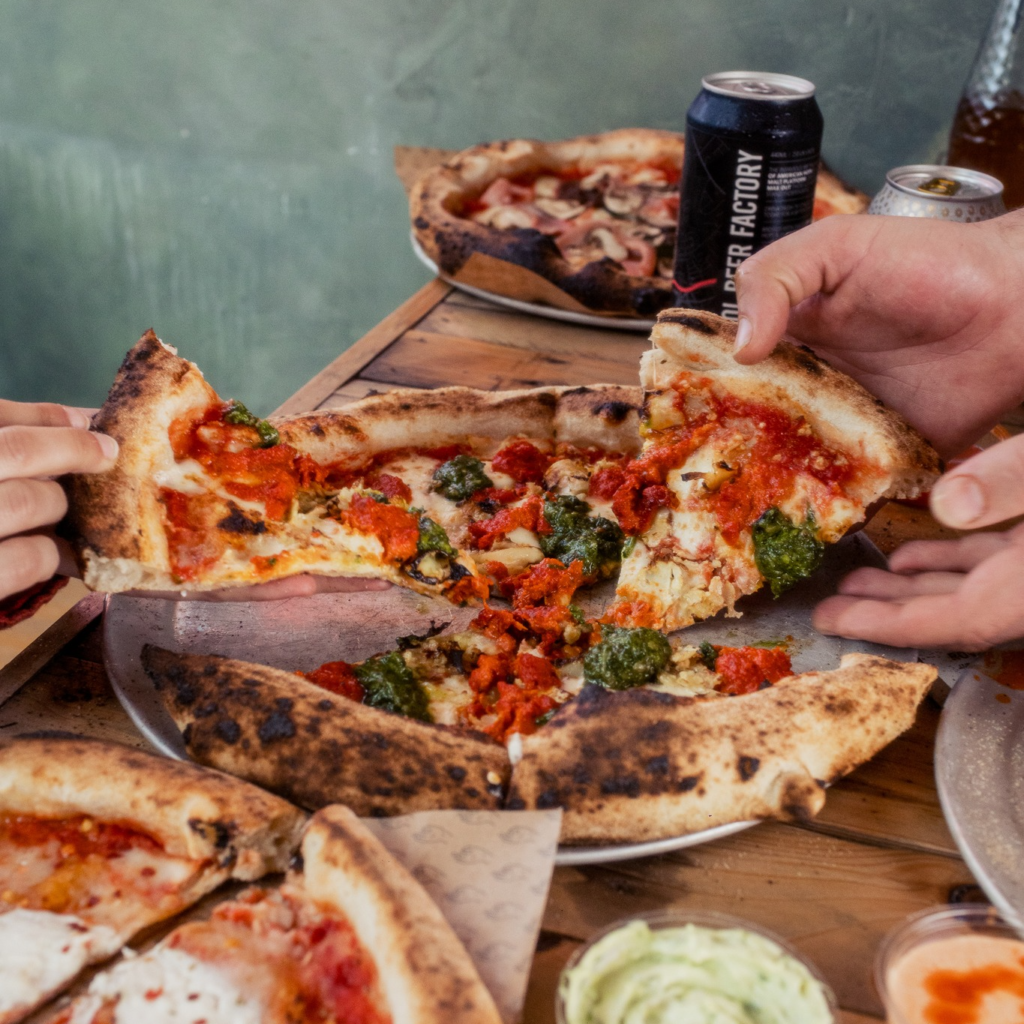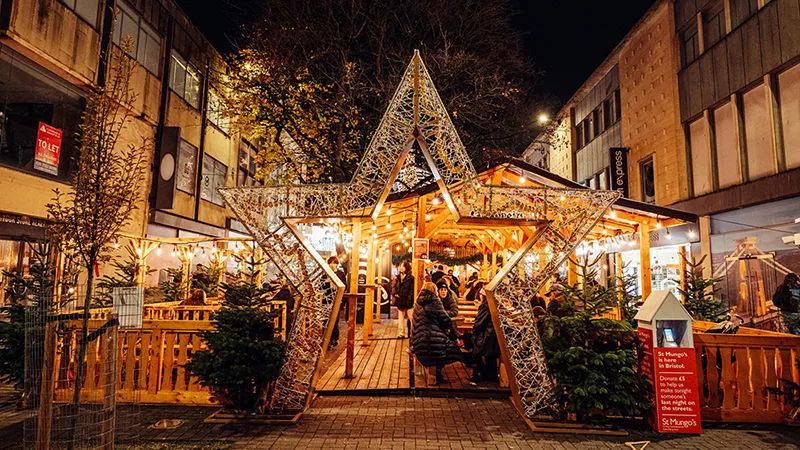BRISTOL GUIDE
Created with ♥ in Bristol for visitors & locals wanting to explore our beautiful city.
THINGS TO DO
FOOD & DRINK
HOTELS
WHATS ON
The Best Beaches Near Bristol
Soft Play Bristol (Updated 2024 List)
The 10 Best Pizza Places in Bristol
The 10 Best Coffee Shops In Bristol
Where to go strawberry picking near Bristol In 2024

Ian Wilcox
A true Bristolian through and through, Ian brings his passion for Bristol to life through Bristol Guide. Experience the city like a local and discover the best Bristol has to offer!

The Best Beaches Near Bristol
Soft Play Bristol (Updated 2024 List)
The 10 Best Pizza Places in Bristol
The 10 Best Coffee Shops In Bristol
Where to go strawberry picking near Bristol In 2024

Ian Wilcox
Lorem ipsum dolor sit amet, consectetur adipiscing elit. Aenean diam dolor, accumsan sed rutrum vel, dapibus et leo.


Bristol: Beyond Bridges, Balloons, and Banksy
Bristol isn’t just about the iconic Clifton Suspension Bridge, whimsical hot air balloons, or even the legendary street art of Banksy (though those are pretty cool too!). This vibrant city is a tapestry woven from rich history, buzzing creativity, and infectious energy that simply pulsates with life.
Dive into the heart of Bristol and discover a treasure trove of cultural experiences. Explore the magnificent Bristol Cathedral, a testament to Gothic architecture, or wander through the M Shed, where the city’s fascinating story unfolds like a captivating novel. Immerse yourself in the world-class Bristol Museum & Art Gallery, housing an impressive collection spanning millennia, or be dazzled by contemporary art at Arnolfini, a landmark gallery overlooking the scenic harbourside.
Lace up your walking shoes and embark on a journey along the bustling harbourside. Take in the panoramic views of the water, marvel at the historic ships like Brunel’s SS Great Britain and the replica of John Cabot’s Matthew. Let the sights, sounds, and smells of the harbourside wash over you – watch street performers entertain the crowds, browse the unique offerings of artisanal markets, and savor delicious meals at waterfront restaurants with al fresco dining options.
Beyond museums and the harbourside, Bristol ignites the senses with its thriving music scene. From the legendary Colston Hall, a haven for classical music and contemporary performances, to the intimate jazz bars and pulsating nightclubs, the city offers a melody for every mood. Catch rising stars at The Fleece, a historic pub renowned for launching musical careers, or lose yourself in the infectious rhythm of live music spilling onto cobbled streets.
Foodies, rejoice! Bristol is a culinary haven. From Michelin-starred restaurants helmed by acclaimed chefs to bustling street food markets brimming with global flavours, your taste buds will embark on a delightful adventure. Sample the freshest seafood at the iconic Bristol Fish Market, savor the diverse offerings at St Nicholas Market, or indulge in the innovative creations of independent cafes and restaurants.
Bristol’s spirit is infectious, evident in its warm hospitality and friendly locals. Explore the independent shops and boutiques brimming with unique finds, or stroll through the vibrant St. George’s Market, a treasure trove of local produce and handcrafted goods.
Unwind in the city’s expansive green spaces, from the picturesque Clifton Downs to the tranquil Castle Park. Hike the scenic trails of Leigh Woods, explore the Ashton Court Estate, or cycle along the Bristol to Bath Railway Path, a delightful route offering stunning views of the surrounding countryside.
Bristol is more than just a collection of sights; it’s a feeling. It’s the energy that ignites your senses and leaves you wanting more. So come, explore the city beyond the iconic landmarks, and discover the true essence of Bristol – a place where history whispers, creativity soars, and the spirit of adventure awaits.






